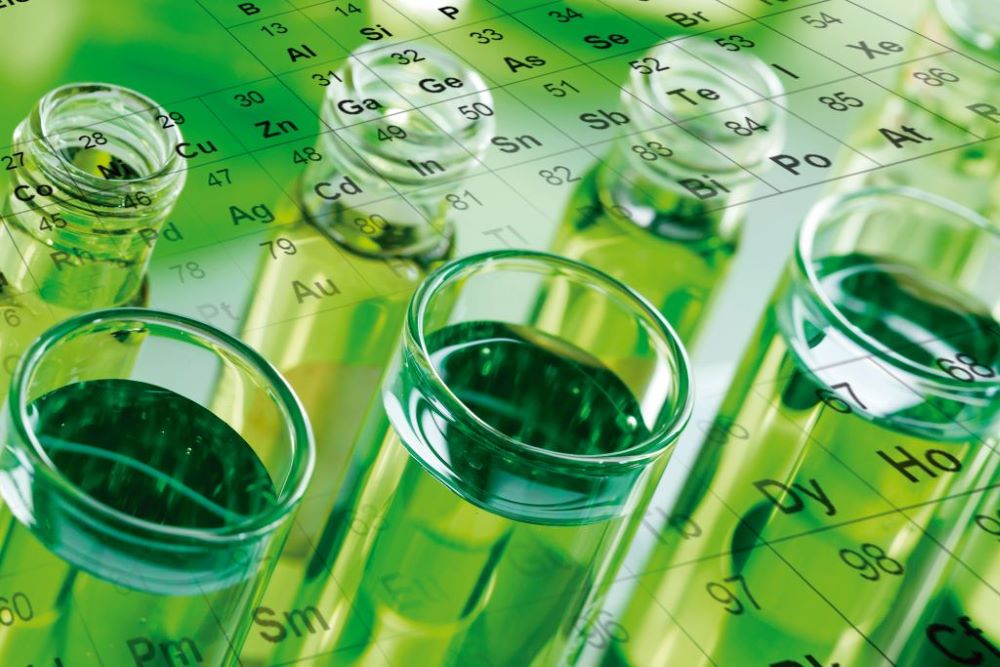Actualidad

La empresa Algarikon Mar Menor recibe el Premio Santander X Startup Universitaria 2025
La empresa Algarikon Mar Menor, fundada por el profesor Francisco Ramón Marín Martín y la profesora Cristina Soler Rivas del Departamento de Química Física Aplicada, ha recibido el Premio Santander X / Startup Universitaria 2025









